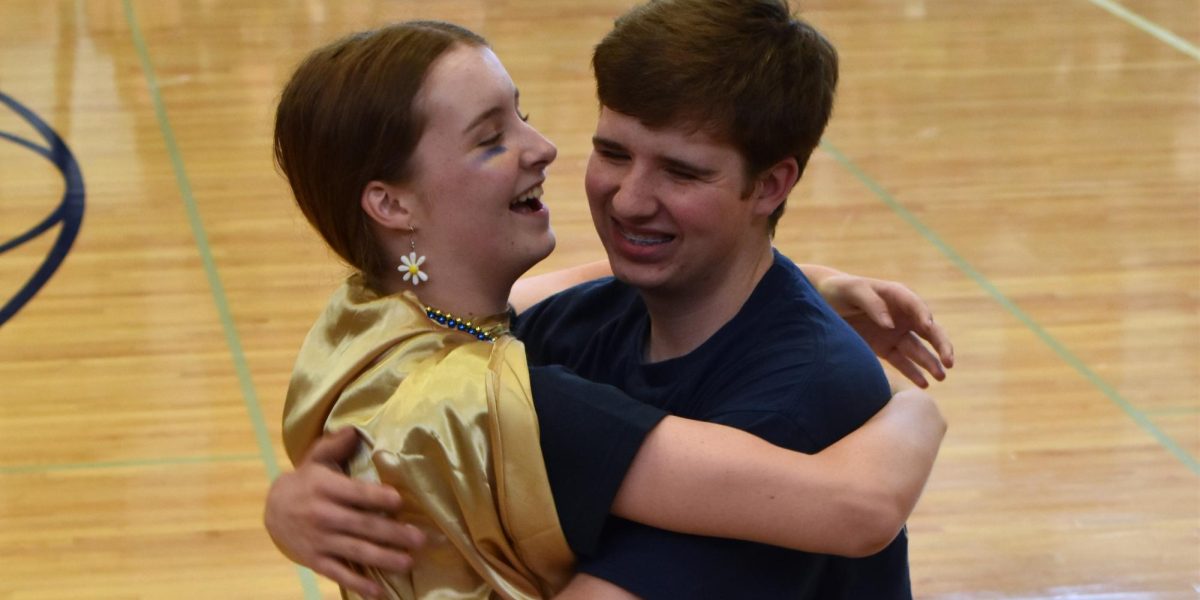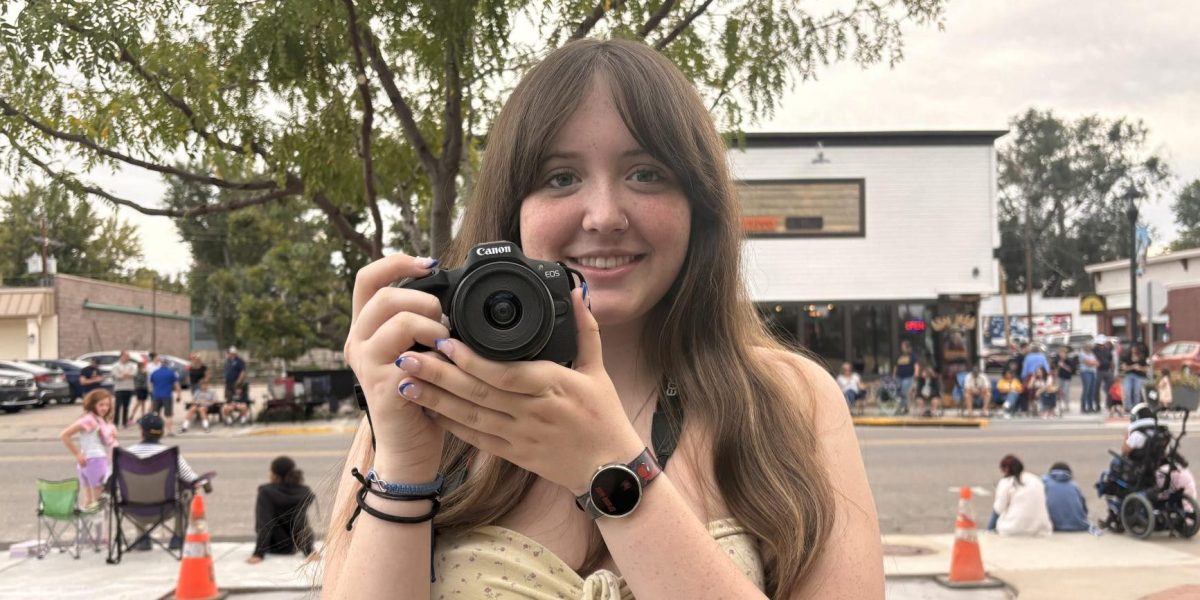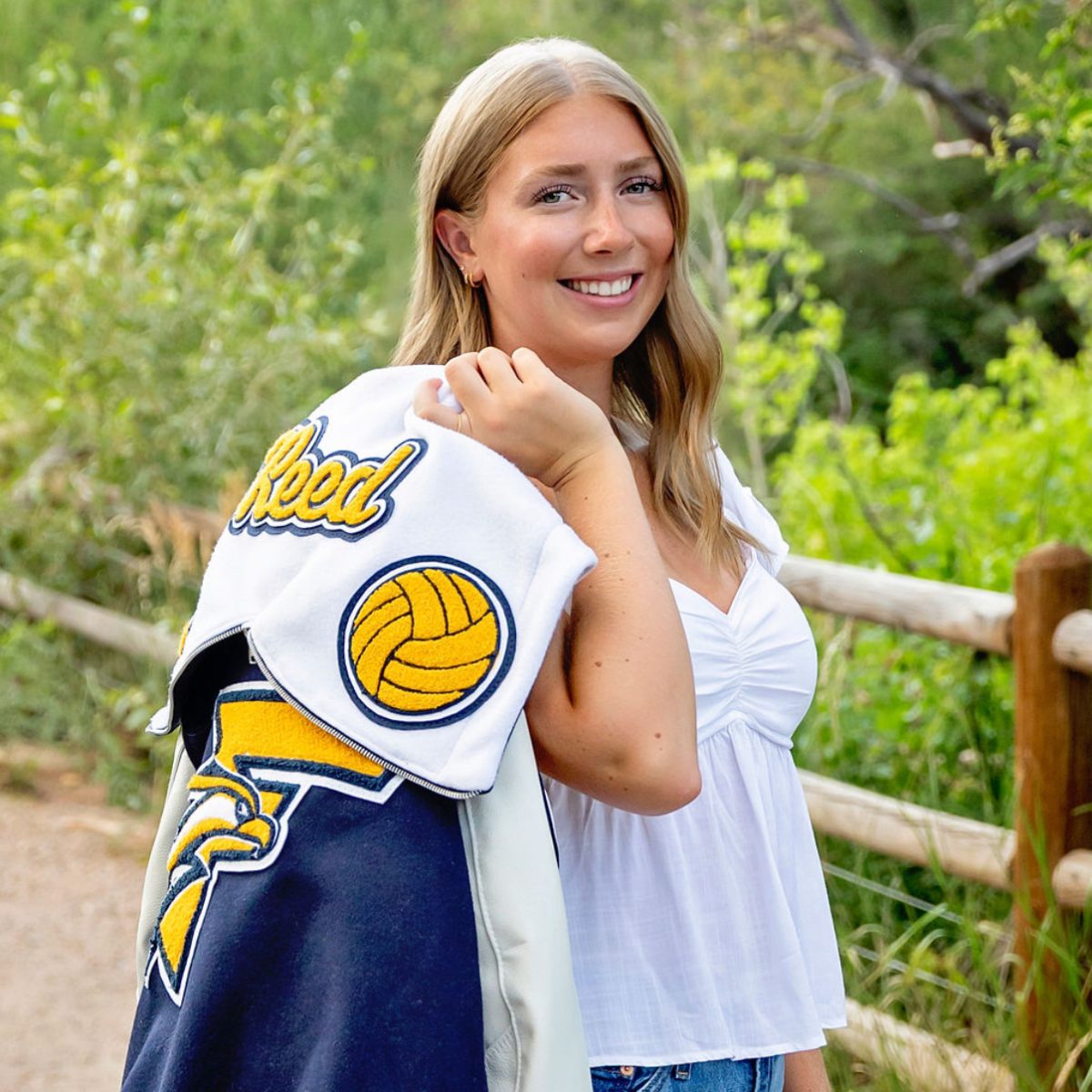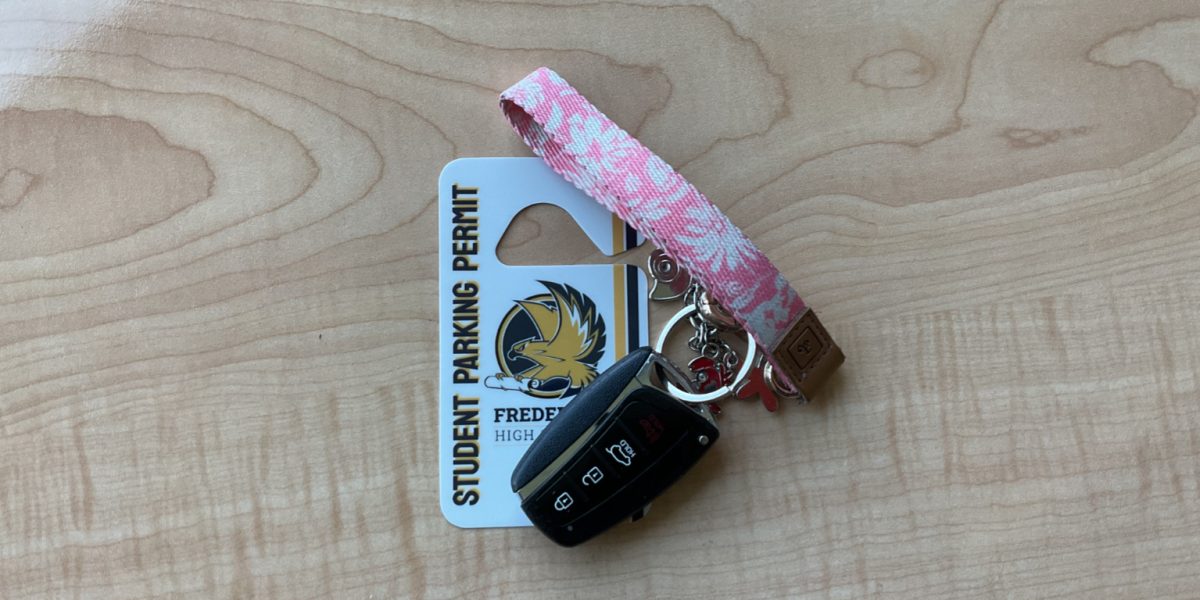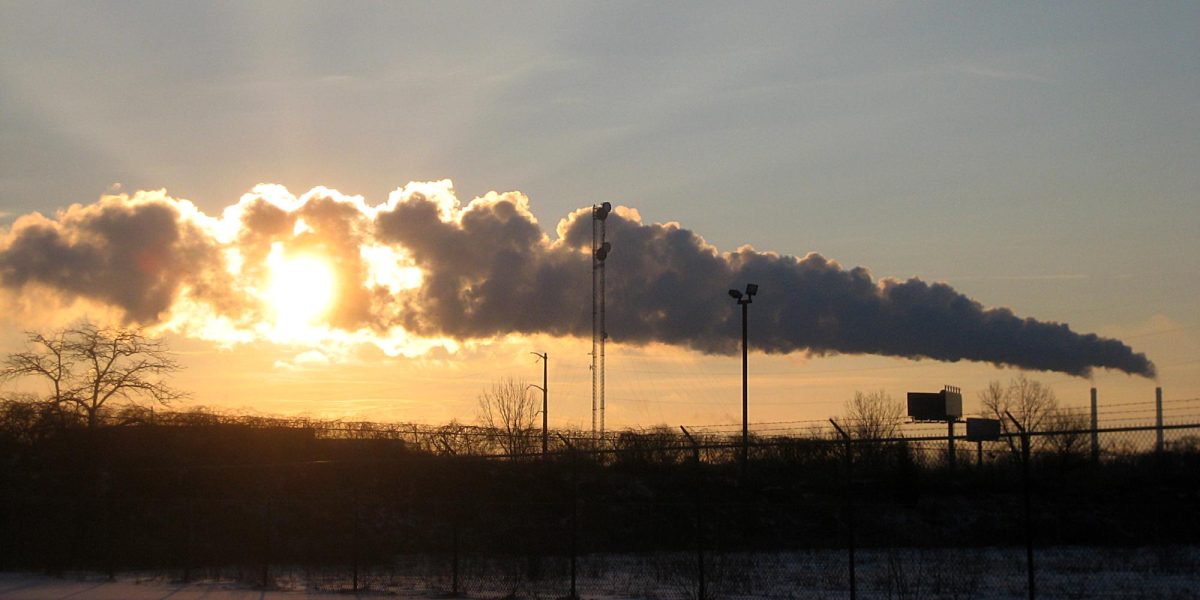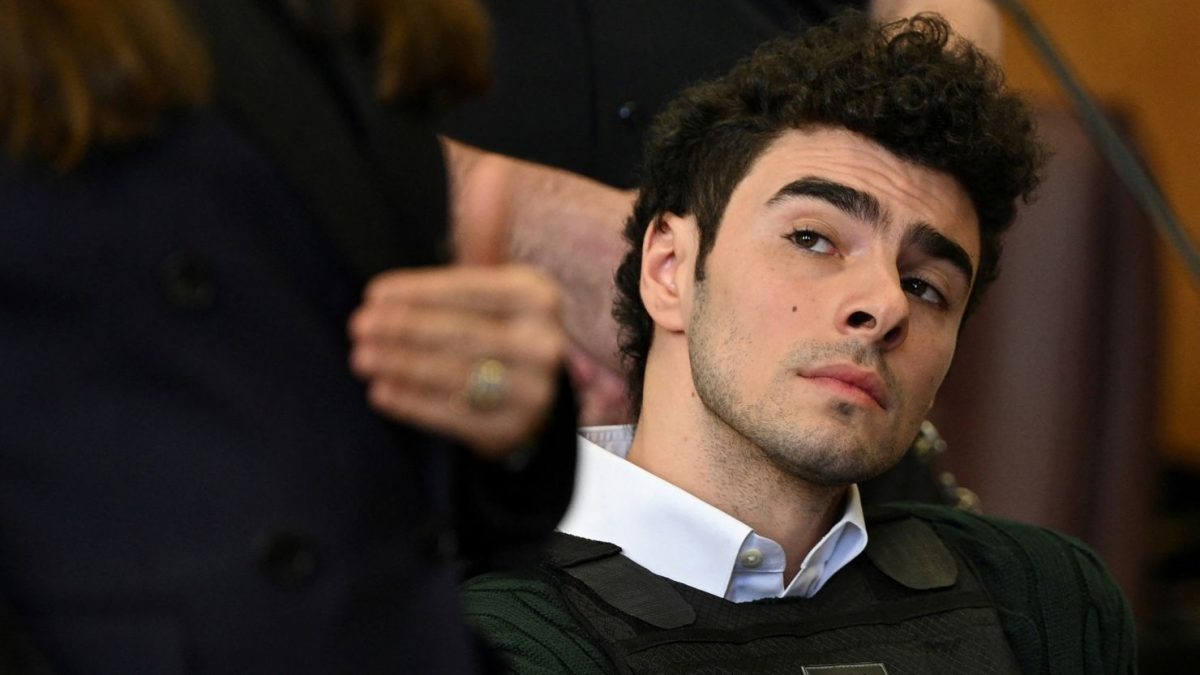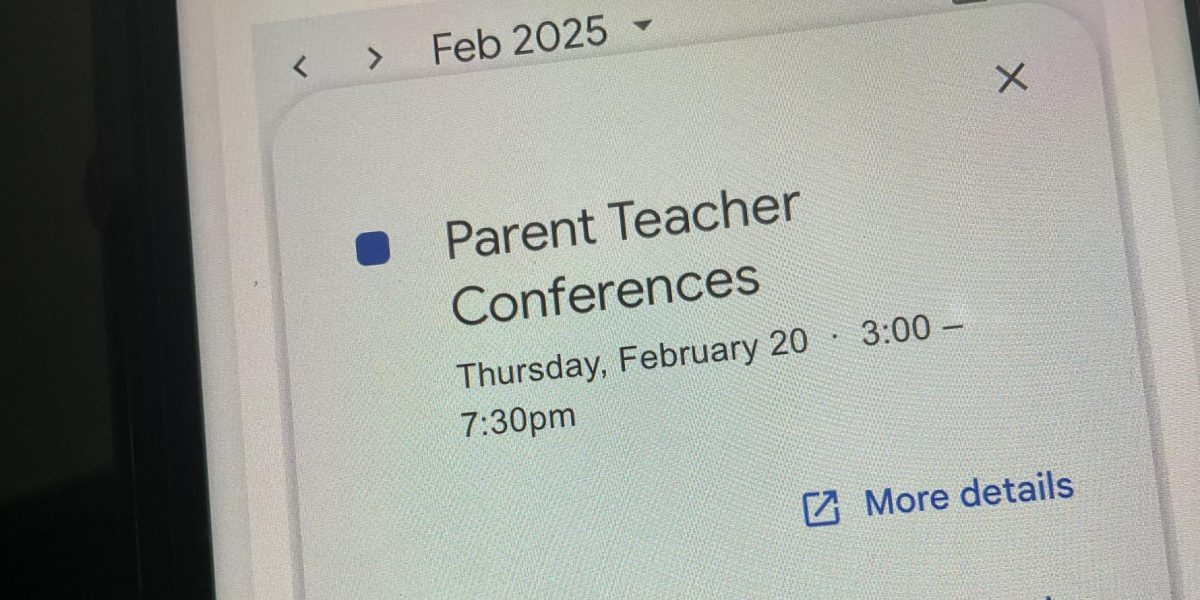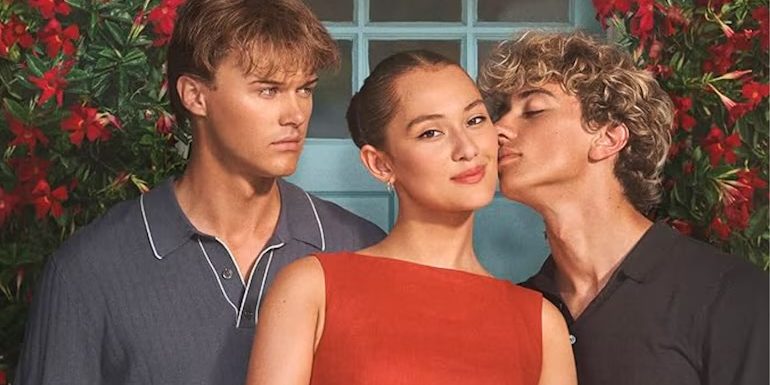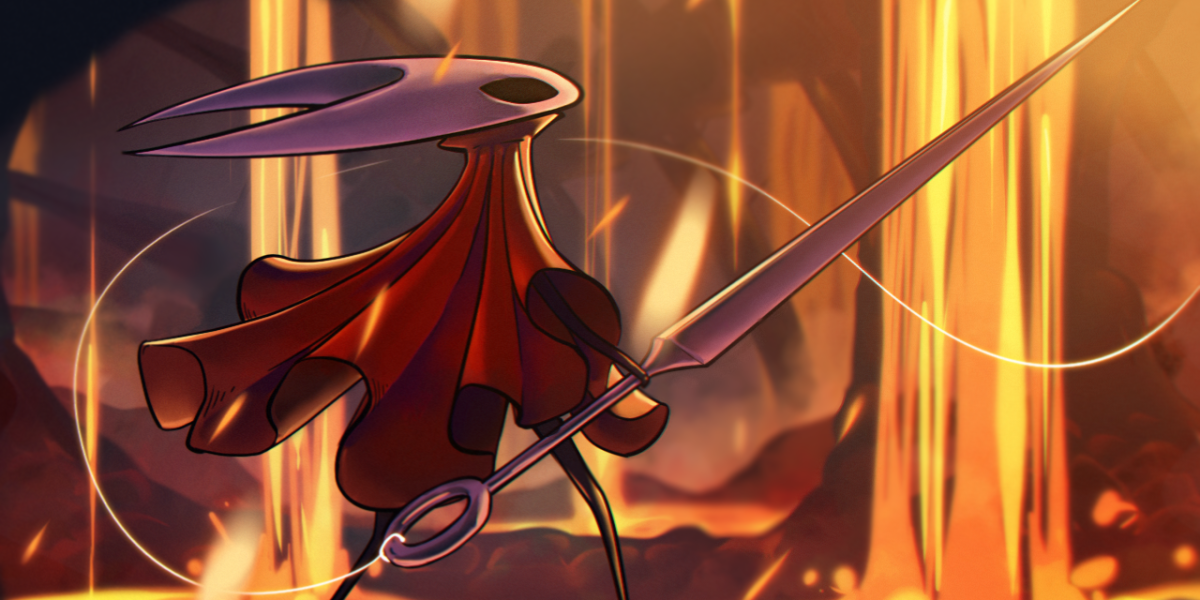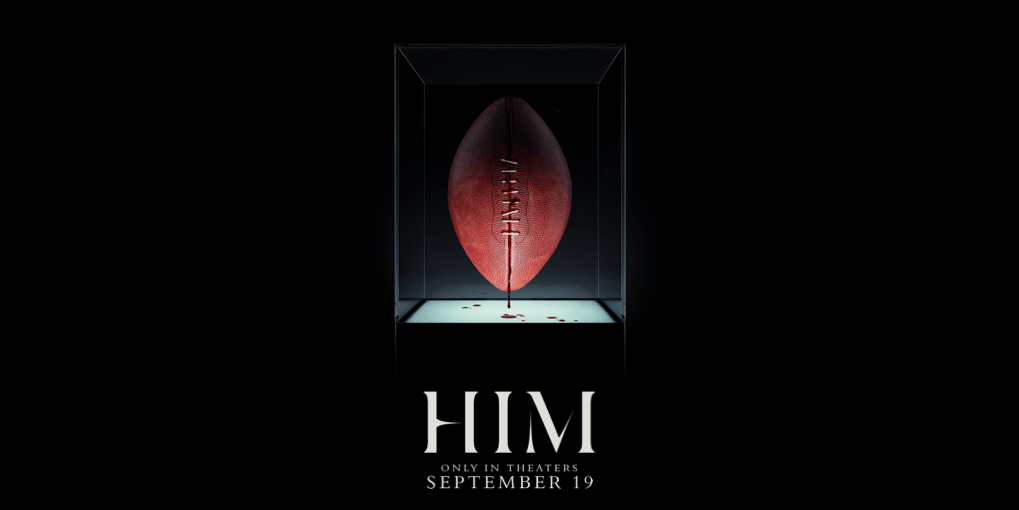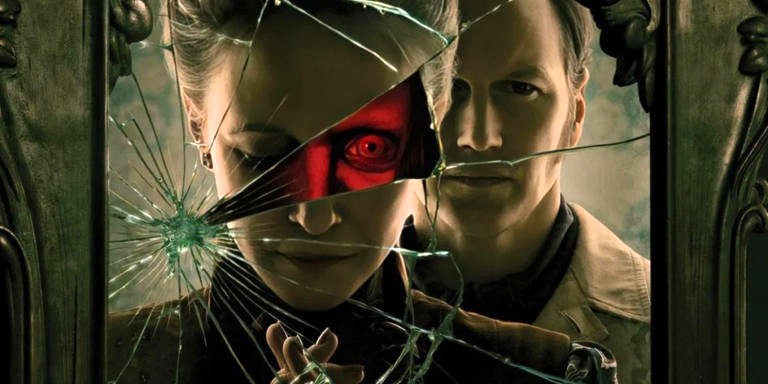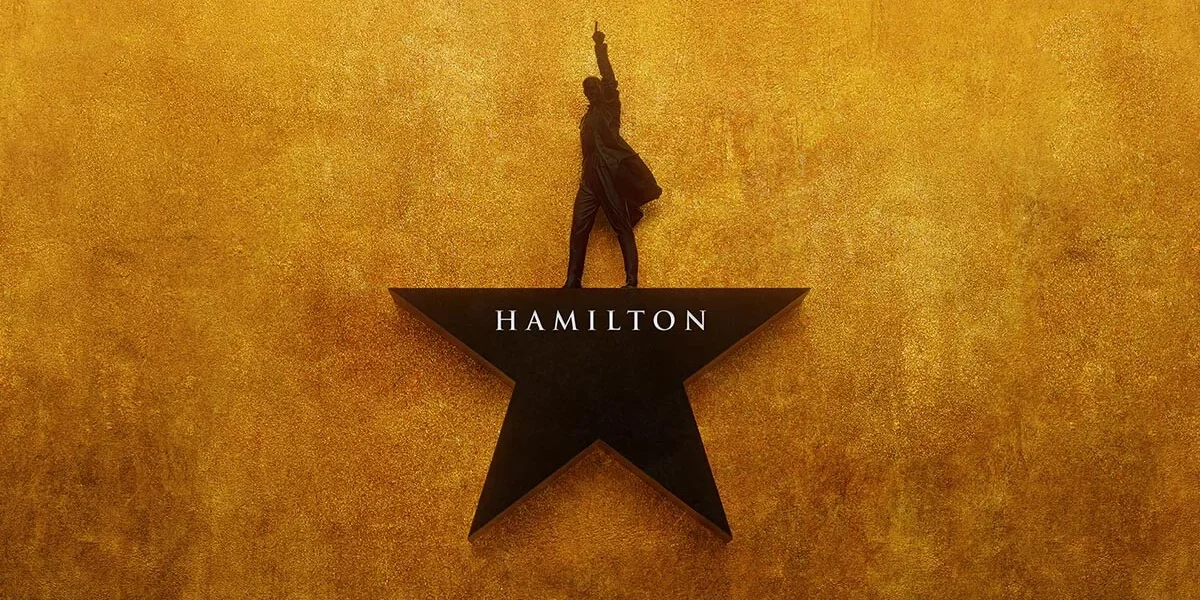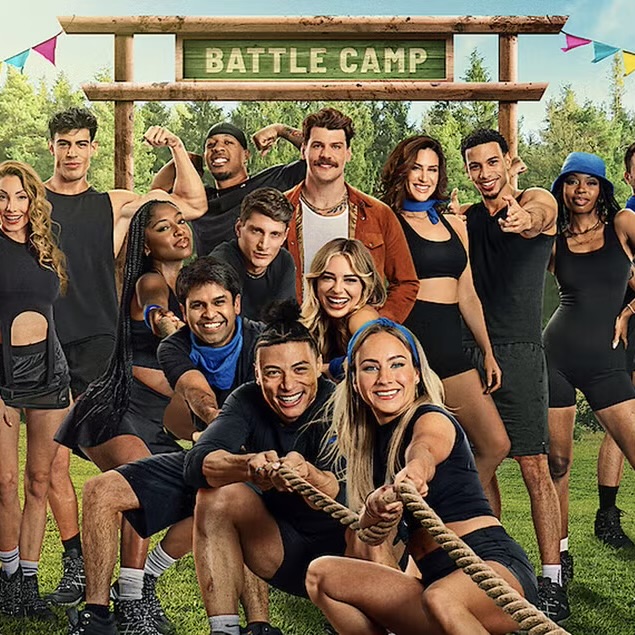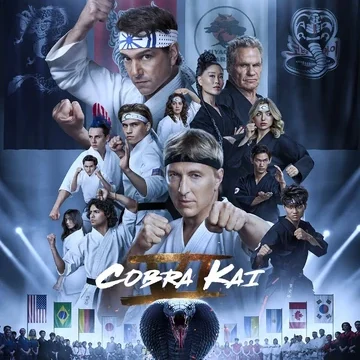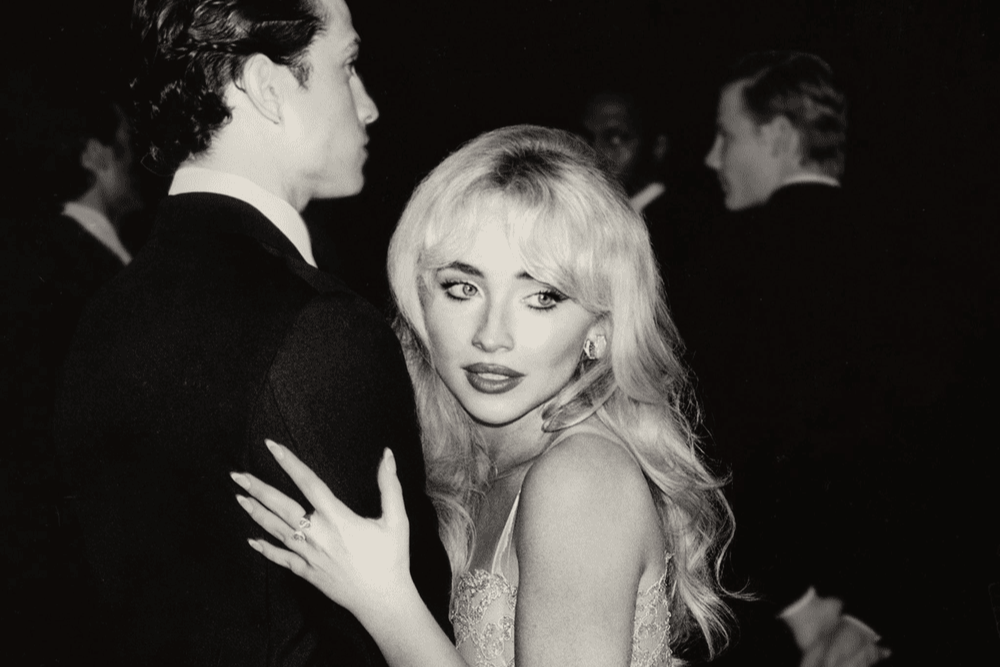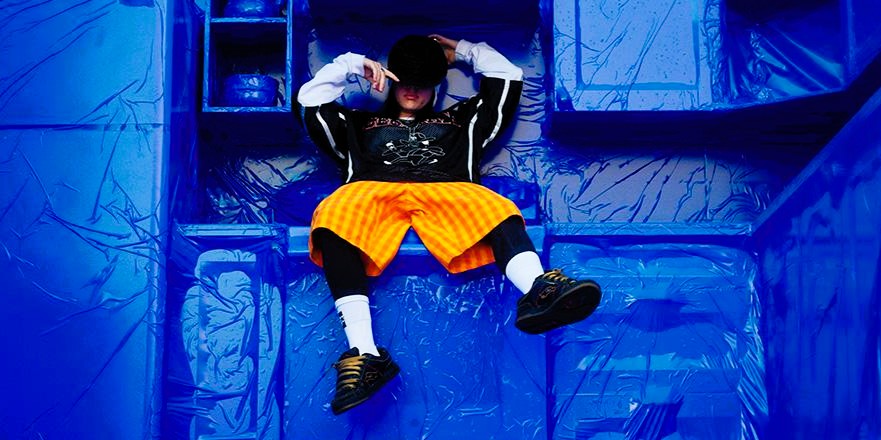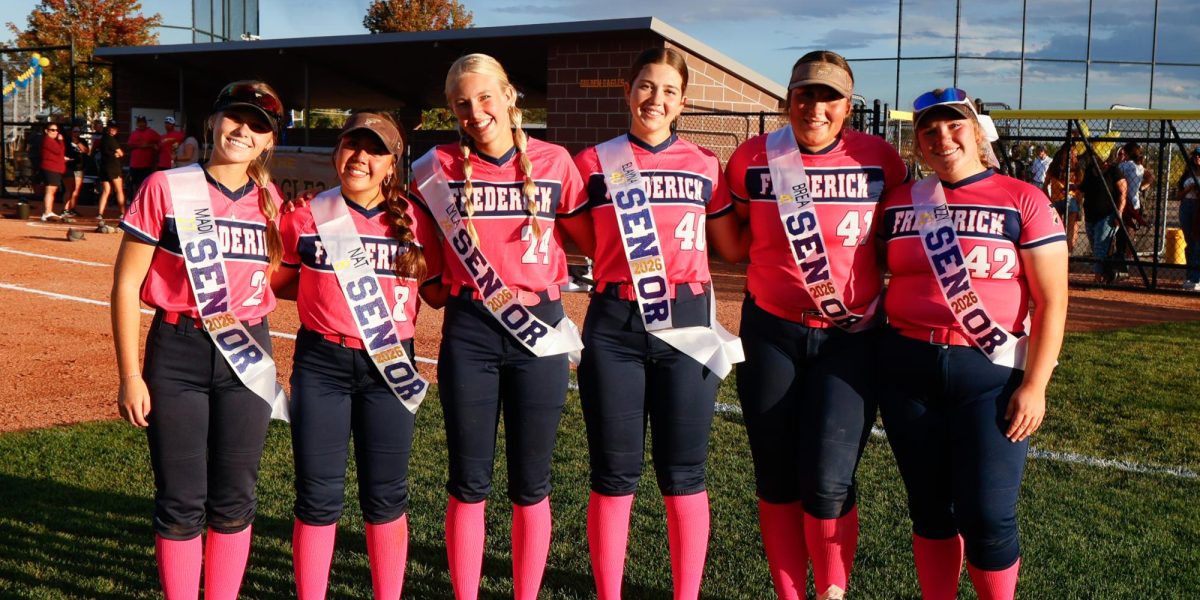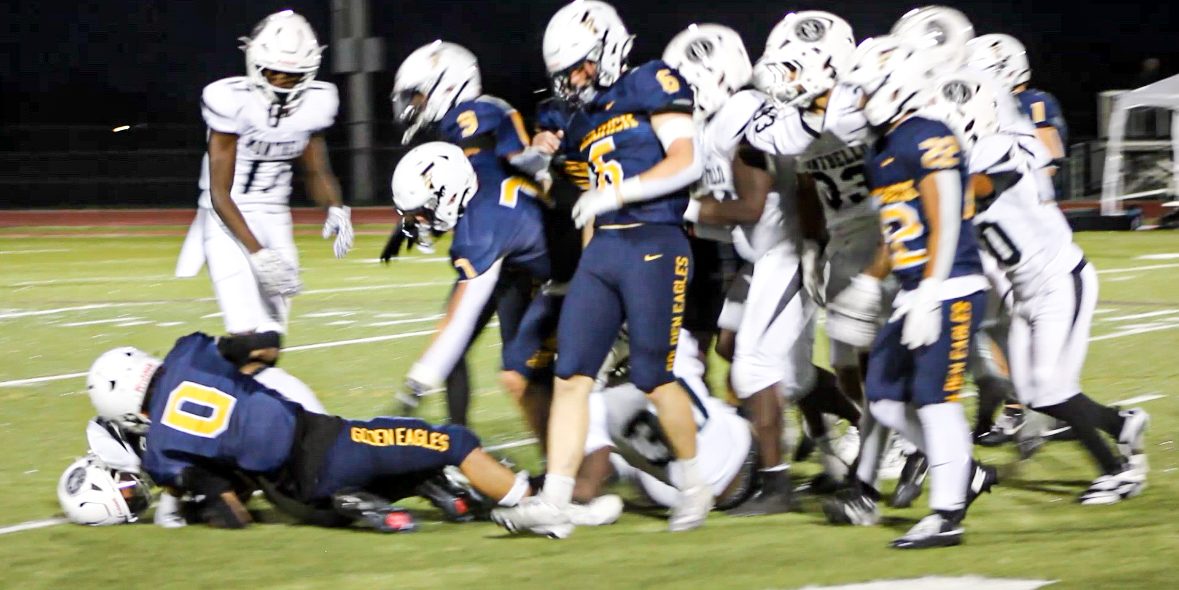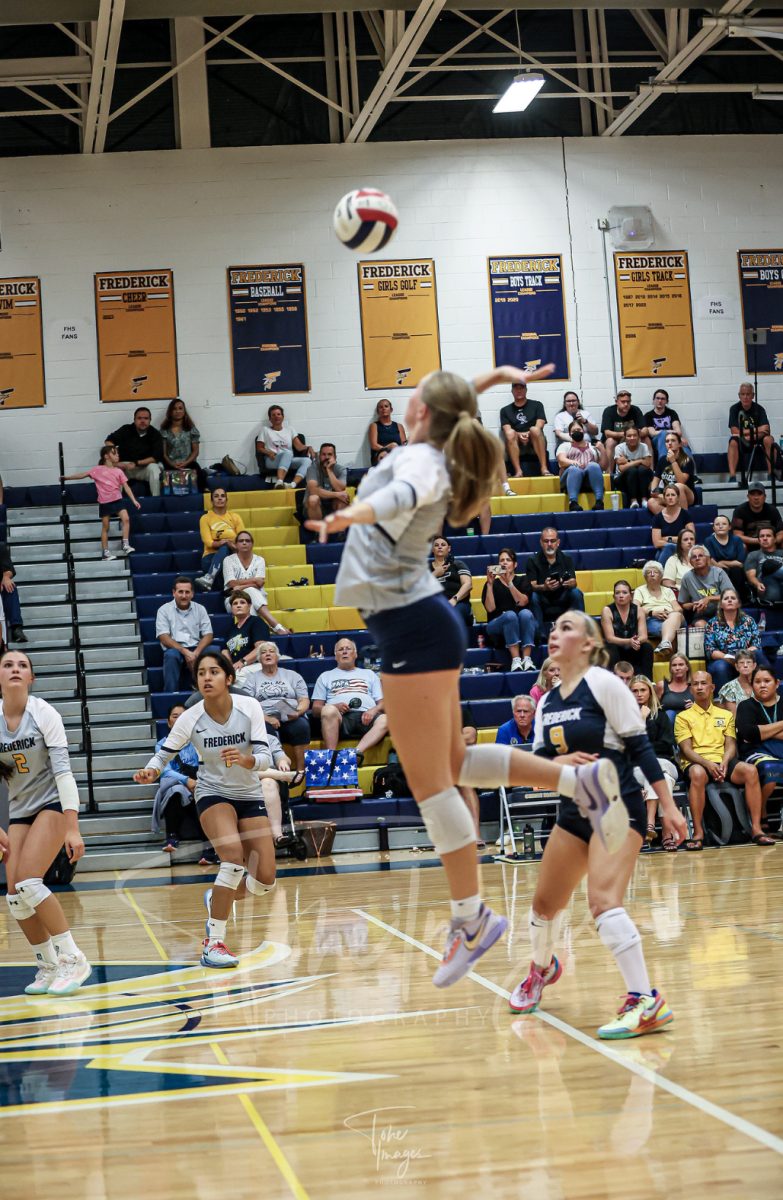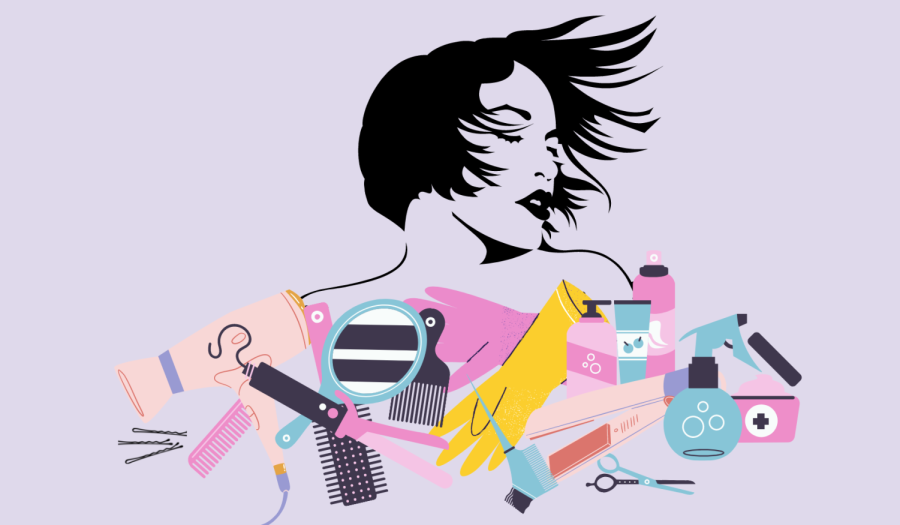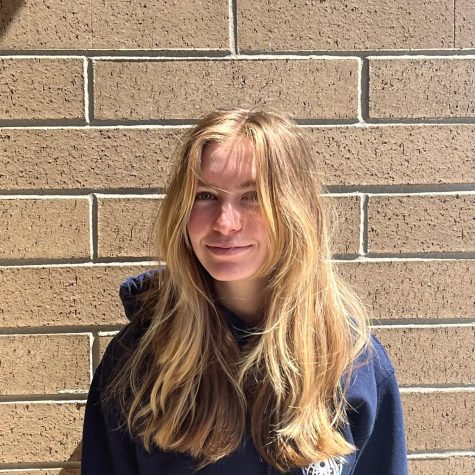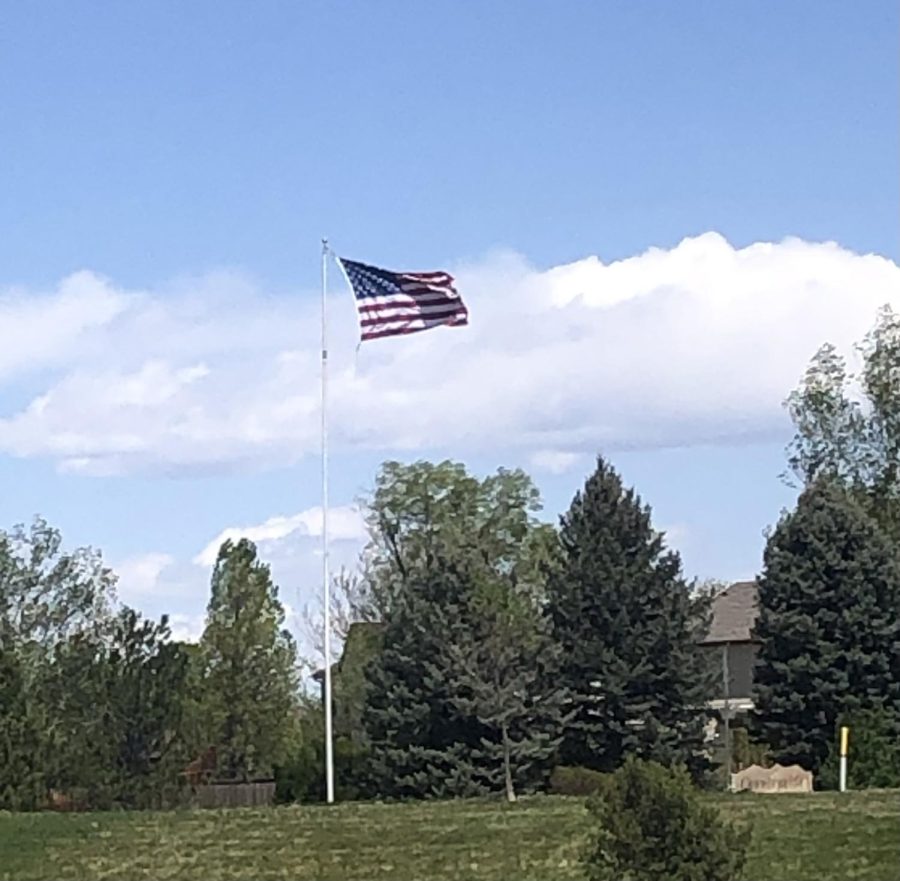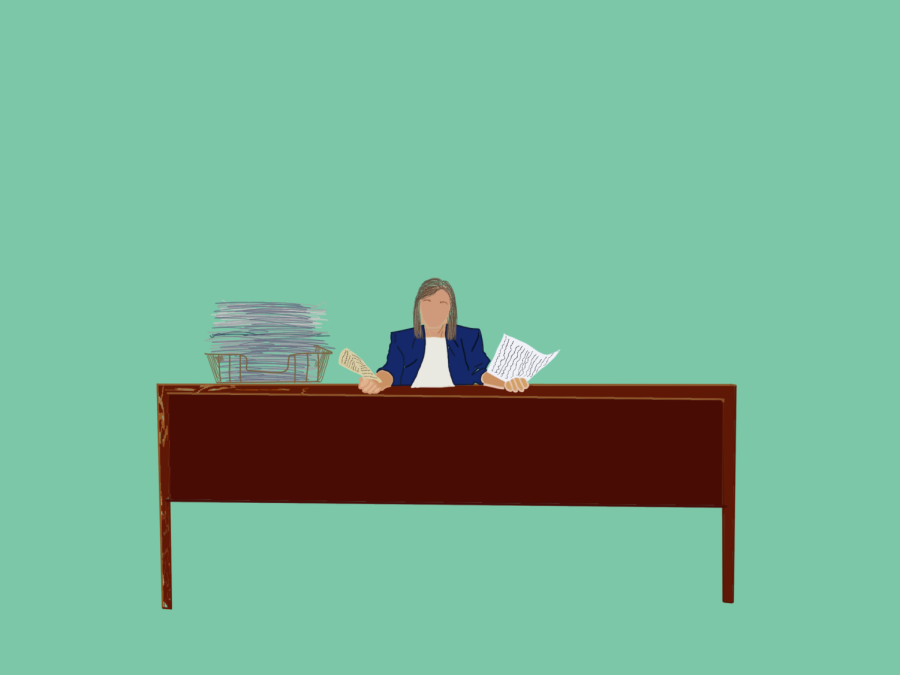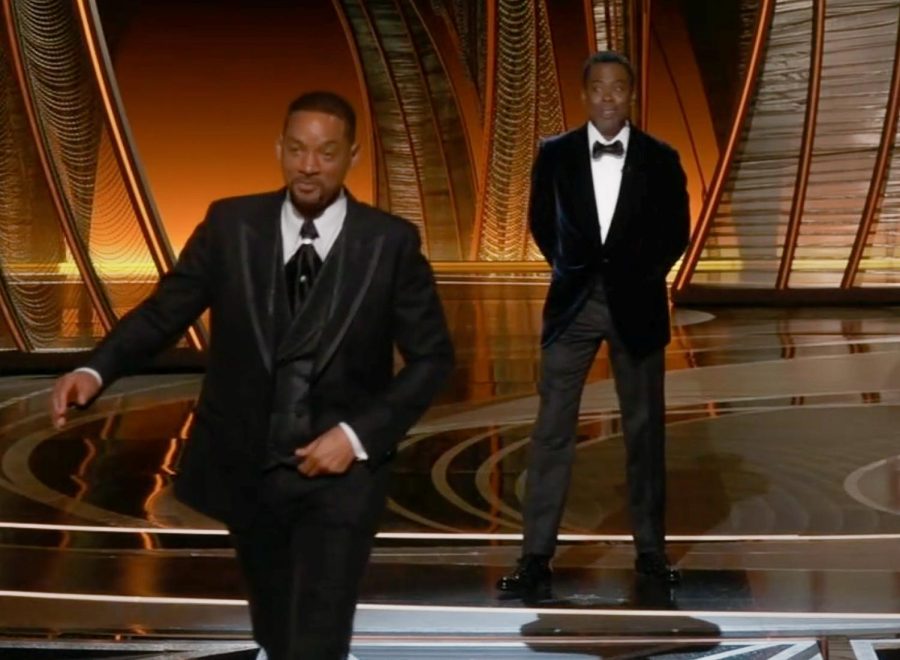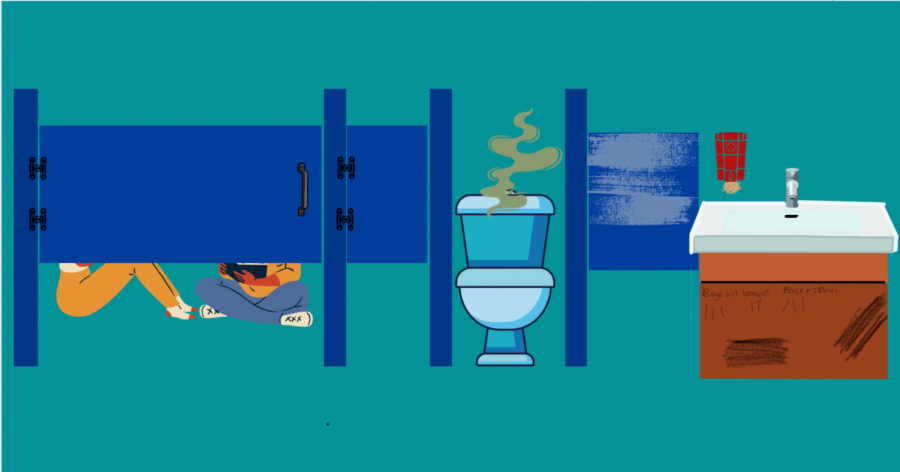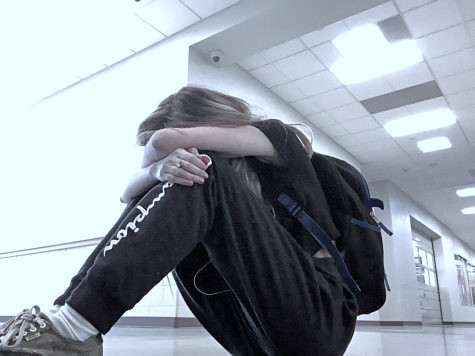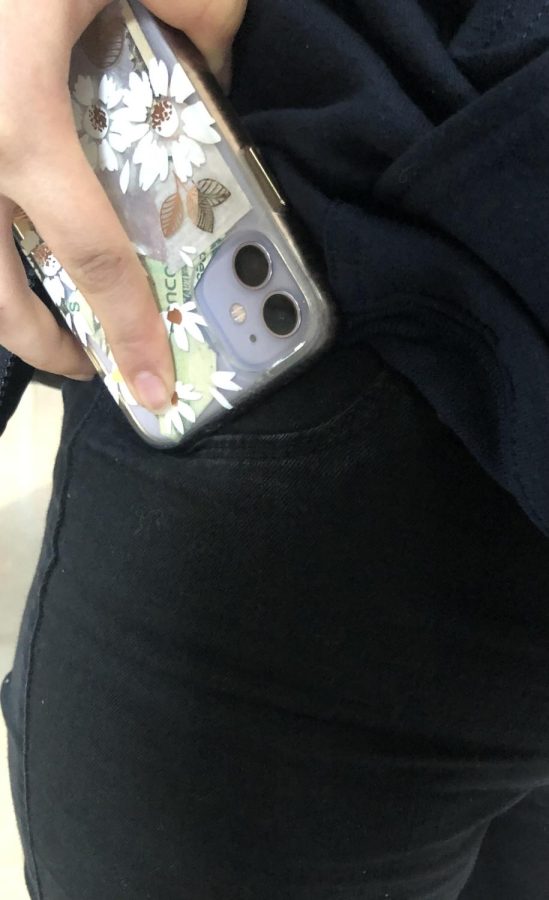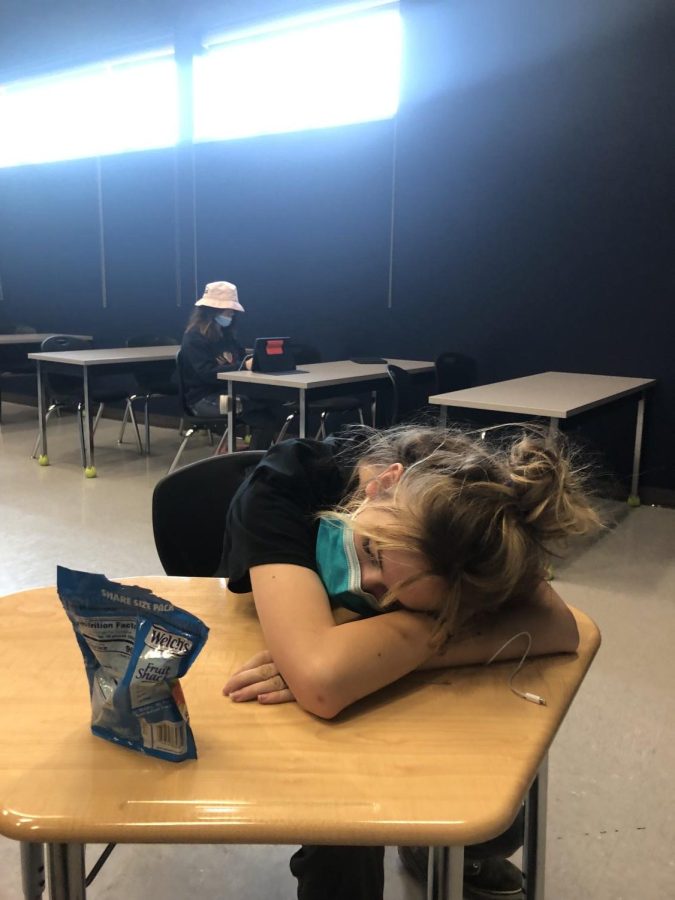Hair is important to teenagers. It shows off a teenager’s individuality and style. It gives teens confidence. It links to family history and heritage. Teens spend an average of 11 hours every month on washing and styling their hair and an average of $80 of their own (or their parents’) money on haircuts, shampoos, conditioners, sprays, and dyes. Hair is so important that two years ago, teenager DeAndre Arnold was not allowed to attend graduation at his Texas high school because he refused to cut his hair. Hair is so important that just this week the House of Representatives passed the CROWN Act, which would prevent any discrimination based on a person’s natural hairstyle.
Unfortunately, caring about hair is not the same thing as haircare. In fact, some of the ways teens style their hair using heat irons and harsh dyes will damage hair in the long run. Even something as simple as washing hair in a hot shower, blow drying it, styling it up in a bun, and going to sleep is very damaging to hair. Fortunately, there are only a handful of things that a teenager needs to know to keep their hair happy and healthy for years to come.
Know (and Love) Your Hair Type
Before taking any steps to care for your hair, you’ll need to know what type of hair you have. Your hair will fall into one of four types: straight (Type 1), wavy (Type 2), curly (Type 3), and coiled (Type 4):
- Straight hair has the most sheen, as the sebum in the scalp can easily move down each hair. This means that straight hair can often look oily or greasy. However, this sebum makes straight hair the hardest to damage, as it keeps the hair tough. This tough hair is very difficult to curl and style in ways outside of draping cuts and braids.
- Wavy hair is in between straight and curly with large S-shaped waves in the hair. The sheen is very shiny but rarely looks oily, and tends to bounce when moving. However, wavy hair often becomes frizzy over time. Wavy hair is the easiest to style but can often have split ends.
- Curly hair has the most volume of all the hair types and looks like the letter “S” or “Z.” There is space between each curl, and the hair is naturally easy to manage, as it rarely tangles and requires fewer products. However, the hair lacks as much sebum as straight or wavy hair, so it can often be dry. This makes curly hair easily influenced by humidity and the environment, which can easily cause curls to frizz and damage.
- Coiled hair (sometimes called kinky hair) is defined by very tight curls. This hair is the most flexible when it comes to volume and style, as the tight curls allow hair to hold a given style for longer. However, styling this hair is often difficult, as it is very easy to damage and tangle. While this type of hair keeps the scalp cooler and protects the skin more, it is very dry and even shrinks when wet due to a lack of sebum.
One hair type isn’t better than another–all have some benefits and drawbacks. You also can’t change your hair type, as it is tied to your genetics. This is why those with Scandanavian heritage typically have straight hair, those with Latinx roots often have wavy hair, those with Arab and Spanish lineage tend to have curly hair, and those with African ancestry usually have coiled hair.
Knowing your hair type will help you figure out what the biggest risks to your hair are and what styles will look best for your hair. It will also help you figure out what shampoo works best for you, as many are formulated specifically for straight or curly or coiled hair (and if the bottle doesn’t say, assume it’s made for straight hair).
Yeet the Heat
If it wasn’t clear from the hair types, there’s a connection between hair being dry and hair being damaged. This is why heat is very bad for hair, as it dries the hair out and leaves it vulnerable to damage. This is an issue for a lot of teens, as we use heat with our hair all the time. Both curling irons and straightening irons use heat to try to change the shape of our hair, but while these work in the short run, these two beauty items can make hair brittle and sometimes permanently damage hair. If you have to use one, make sure to use a heat shield to minimize the damage to your hair.
Another common source of heat affecting our hair is the hairdryer, which is literally made to dry out your hair. So does this mean we should never use hair dryers? No, as blowing hair with a dryer can create volume and be good for overall health (as anyone who has gone out on a cold day with wet hair can agree). Instead, make sure you use the low setting on a hairdryer or get a hairdryer with a cool hair setting.
The most common source of damaging heat that hurts hair is the heat from the shower. Hot water and steam may feel refreshing, but the excessive heat and steam can easily strip our hair of sebum when rinsing, which leaves it vulnerable and susceptible to added damage. The best temperature for hair washing (and showering in general) is warm water around 85°F–this opens the pours in the skin and allows soaps and shampoos to remove dirt better. However, when it comes to rinsing hair and applying conditioner, lower the temperature to around 60°F–this cold water will close pours and seal cuticles in the hair, reducing frizziness and protecting sebum.
Watch How You Wash
So if dryness is bad for hair, then the more you wash your hair, the healthier it is, right? Well, no. Washing your hair too often strips your hair of its “horny layer,” a thin protective layer of all of the oils that keep it healthy and beautiful. Most experts say that, unless you actively get your hair dirty or sweaty, you should only wash your hair every other day instead of once a day or more as many people do. If you do get your hair sweaty after a soccer game or hour at the gym, you can always quickly rinse your hair in the shower without actually washing it and removing your horny layer.
How you wash is also important. When washing, you should always lather your hair, meaning that you slowly and delicately massage the shampoo or conditioner into your hair. Quickly running your fingers through your hair like giving yourself a shower noogie can not only not effectively wash your hair but can damage your hair due to the vigorous action. When rinsing, hair should be gently squeezed to get out the excess soap and moisture. While shampoo should start at your roots, the conditioner should work from the ends of your hair down.
Speaking of shampoo and conditioner (and you should have both and not in a two-in-one bottle), your choice in what you use is critically important. According to Zippia, the top most popular shampoos in the United States are currently Head and Shoulders, Pantene Pro-V, Suave, Dove, Garnier Fructis, and L’Oréal. But out of these top six, five aren’t good for your hair because they use parabens to help them last longer on the shelf. According to hair specialist Dr. Serkan Aygin, “Parabens are associated with hair loss and damage because they are easily absorbed through your skin and are harmful to your scalp. Parabens can cause a number of problems for your hair including drying, irritating your scalp, fading your color, and even hair loss.”
This is why it’s important for you to take a look at the products you are using and what chemicals may harm your hair. A quick online search of each ingredient can easily tell you if the ingredient is more helpful than harmful. For instance:
- While Head and Shoulders is great for preventing dandruff, it does so through its use of sodium lauryl sulfate and sodium laureth sulphate, two ingredients that dry out hair and can affect hair growth at the root. As all dandruff shampoos use these sulfates, it’s best to wash with them only once every two weeks to manage dandruff and use a more hair-friendly shampoo the rest of the time.
- Pantene is one of the worst shampoos to use in your hair because they use an ingredient called propylparaben, a silicone that prevents sebum from bonding to your hair and keeping it hydrated.
- Suave shampoos and conditioners contain DMDM hydantoin, a preservative that causes hair loss and scalp irritation, and may be a carcinogen (cancer-causing substance) according to a new class-action lawsuit.
- Garnier Fructis adds silicones, SLS, phenoxyethanol, and phthalates, which causes hair to dry quicker and break easier
- While L’Oréal has an expensive sulfate and paraben-free line, its affordable shampoos and kids shampoos have sulfates that cause frizzing and hair breakage.
Just through looking up ingredients, I found that only Dove is good at cleansing the hair and scalp, which is what a shampoo should do. However, choosing a Dove conditioner can be difficult, as they are not always clear what conditioner is good for what type of hair.
Other than the L’Oreal Pure line and Dove, some other shampoos that don’t use damaging chemicals are
Aveda Botanical Repair, Aveeno Apple Cider Vinegar, Sephora’s Pureology line, and MorrocanOil. Like with all products, make sure it is right for your hair texture and that you do not have allergies to any of the ingredients.
Don’t Be Too Rough
While washing is the cause of a lot of hair damage, drying and styling your hair can be just as damaging. Rough drying hair with a bath towel, for example, is not great for hair: the rough motion of running the terrycloth fabric through your hair results in breakage and even hair loss. When drying hair, it’s best to pat hair dry with a towel to absorb moisture without breaking hair.
Just like how drying hair too roughly can damage hair, so can brushing hair too roughly or using the wrong comb or brush. People with curly hair should use a boar bristle paddle brush, which does not cause curls to lose their shape or frizz up. Those with straight hair should get their hand on a brush that combines boar and nylon bristles. Hair picks are essential for coiled hair, as the narrow teeth can help work through kinks and knots. A detangling comb or brush is a must for wavy hair to keep it from tangling after time.
Other actions can also damage hair by being too rough. Obviously, pulling hair or twisting it in your fingers is bad, yet lots of hairstyles pull and unnaturally twist hair in the same way. These styles can rip hairs out and apart when styled or, more often, when being taken out without being careful. The easy rule of thumb when it comes to hair is that if the hairstyle is painful, then it’s not good for your hair health.
You even need to watch what goes on your head. Hat hair is damage that happens when a hat or other covering is too tight on the scalp, which damages hair whenever a slight movement rubs the hat against the hair. Even sleeping on cotton pillowcases can be bad for your hair. Cotton pillowcases are known to absorb sebum from your hair, which your hair needs for hydration. Without sebum, your hair is prone to breakage due to dryness and your skin can be similarly affected. If you want to know if this is happening, look at your pillow: if there’s a faint yellow stain where you lay your head, that’s sebum leaving your hair and being absorbed every night.
Dye, Don’t Kill
Hair dye is very popular among teens who want to display unnatural colors to match their unique personalities, but hair dye can easily mean hair damage. Hair is mostly made of proteins, and by permanently dying hair (or worse, bleaching then dying it), lots of these proteins are removed, making the hair more brittle and fragile. Even henna, which is a more natural dye using plant pigments, causes this damage to hair. In general, the lighter the hair color, the more harmful dying the hair will be. Additionally, lots of hair dyes contain the allergen P-Phenylenediamine, which can cause hives and rashes on the scalp.
So can hair be dyed safely? Absolutely. Temporary dyes like can color and Kool-Aid dyes only affect the surface layer and don’t cause damage deep inside the hair. If you want a more permanent dye, find one with a built-in conditioner like hydrolyzed silk proteins and get your dye done at a salon rather than at home with a box, as salon dyes are applied more carefully. Once hair is dyed, make sure to treat it right by using shampoos and conditioners meant for dyed hair and not overwashing hair. Finally, avoid any heat treatment with dyed hair, as this will cause severe damage to brittle strands.
A great alternative to dyed hair is a wig. Wigs are nice because they come in all shapes and colors, they can be traded out day by day, and they don’t harm your hair at all. Even wigs that use fake hair create fewer environmental pollutants than hair dyes, as all the chemicals are contained at the wig factory instead of going down the drain into the water system. Wigs can also help you save on styling products and special dye shampoos, though wigs often require a special brush and a head form for storage.













